
Anselme Payen was a French chemist known for discovering the enzyme diastase, and the carbohydrate cellulose.
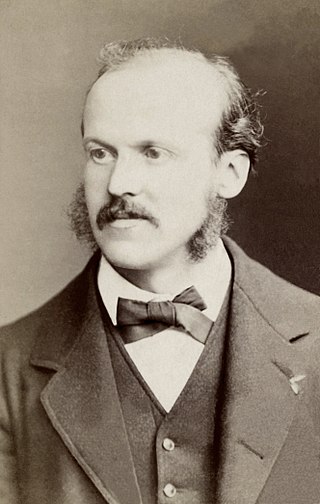
Alphonse Milne-Edwards was a French mammalogist, ornithologist, and carcinologist. He was English in origin, the son of Henri Milne-Edwards and grandson of Bryan Edwards, a Jamaican planter who settled at Bruges.
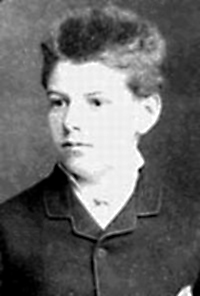
Louis Jean-Baptiste Alphonse Bachelier was a French mathematician at the turn of the 20th century. He is credited with being the first person to model the stochastic process now called Brownian motion, as part of his doctoral thesis The Theory of Speculation.

Jacques-Louis Soret was a Swiss chemist and spectroscopist. He studied both spectroscopy and electrolysis.
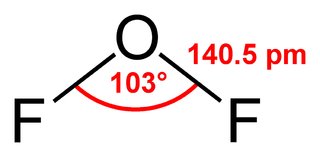
Oxygen difluoride is a chemical compound with the formula OF2. As predicted by VSEPR theory, the molecule adopts a bent molecular geometry. It is a strong oxidizer and has attracted attention in rocketry for this reason. With a boiling point of −144.75 °C, OF2 is the most volatile (isolable) triatomic compound. The compound is one of many known oxygen fluorides.

Edmé Félix Alfred Vulpian was a French physician and neurologist. He was the co-discoverer of Vulpian-Bernhardt spinal muscular atrophy and the Vulpian-Heidenhain-Sherrington phenomenon.

Jean-Jacques Barthélemy was a French scholar who became the first person to decipher an extinct language. He deciphered the Palmyrene alphabet in 1754 and the Phoenician alphabet in 1758.
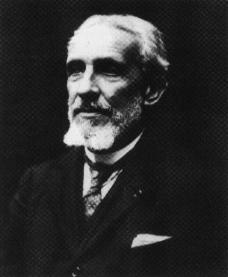
Édouard-Alfred Martel, the 'father of modern speleology', was a world pioneer of cave exploration, study, and documentation. Martel explored thousands of caves in his native France and many other countries, popularised the pursuit of cave exploration, introduced the concept of speleology as a distinct area of scientific study, maintained an extensive archive, and in 1895 founded Société de Spéléologie, the first organisation devoted to cave science in the world.
Comptes rendus de l'Académie des Sciences, or simply Comptes rendus, is a French scientific journal published since 1835. It is the proceedings of the French Academy of Sciences. It is currently split into seven sections, published on behalf of the Academy by Elsevier: Mathématique, Mécanique, Physique, Géoscience, Palévol, Chimie, and Biologies.
The Anselme Payen Award is an annual prize named in honor of Anselme Payen, the French scientist who discovered cellulose, and was a pioneer in the chemistry of both cellulose and lignin.
François Proth was a French self-taught mathematician farmer who lived in Vaux-devant-Damloup near Verdun, France.
Paul-Auguste-Ernest Laugier was a French astronomer, one of two French astronomers referred to as M. Laugier.
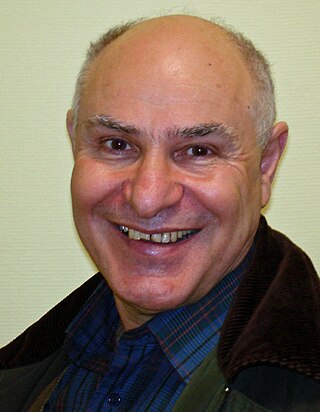
Edmond Bonan is a French mathematician, known particularly for his work on special holonomy.

The Valz Prize(Prix Valz) was awarded by the French Academy of Sciences, from 1877 through 1970, to honor advances in astronomy.

Wang Dezhao or Ouang Te-Tchao was a Chinese physicist who was known for his research in atmospheric electricity and underwater acoustics. Under the direction of Paul Langevin, he helped the French improve sonar at the beginning of World War II and after his return to China, Wang was considered as the founder of national defense water acoustics in China.
Events in the year 1836 in Belgium.
Étienne Halphen was a French mathematician. He was known for his work in geometry, on probability distributions and information theory.
Events in the year 1845 in Belgium.
Frédéric Alphonse Musculus, born on July 16, 1829, in Soultz-sous-Forêts and died on May 26, 1888, in Strasbourg, was a French chemist.
Jeanne Ferrier was a French physicist. She was a pioneer in the field of radiotherapy.










